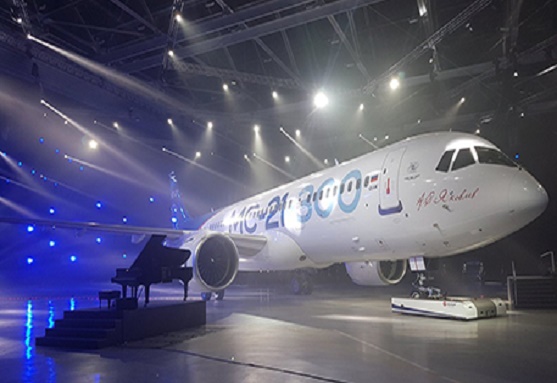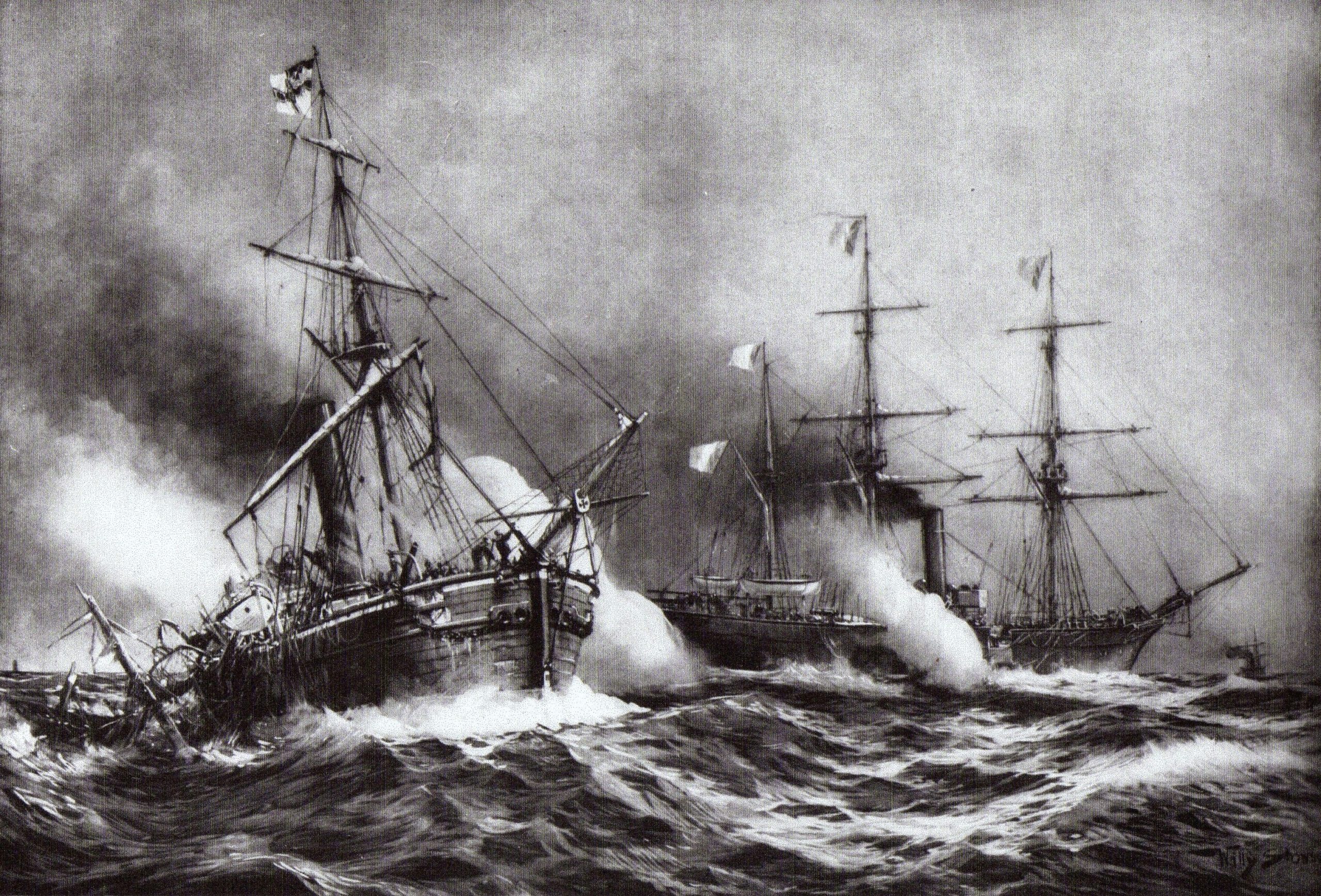
Irkut challenges the giants. MS-21 shown in Irkutsk

Russian Prime Minister Dmitry Medvedev unveils the MC-21-300, Russia's first large passenger aircraft in a quarter of a century, with which Russians want to compete with the world's most popular Airbus A320 and Boeing 737. Pyotr Butovsky
On June 8, 2016, in distant Irkutsk on Lake Baikal, in the hangar of the IAZ plant (Irkutsk Aviation Plant), a new communications aircraft MS-21-300 was first presented, which the Irkut Corporation challenges the Airbus A320 and Boeing 737. MS-21-300 - basic, 163-seat version of the future aircraft of the MS-21 family. The aircraft is due to take off on its maiden flight early next year.
The ceremony was attended by Prime Minister of the Russian Government Dmitry Medvedev, emphasizing the hopes that the Russian government places on this plane. MS-21 is one of the most modern aircraft in the world, a passenger aircraft of the 21st century. We are very proud that it was created in our country. Medvedev separately addressed foreign suppliers involved in the MS-XNUMX project. It is very important for us that, in addition to our best aircraft manufacturers, numerous foreign companies participated in the project. We salute those businessmen who work in Russia, who are also in this hall today and who are making great strides together with our country.
MS-21 should be a breakthrough product. The Russians understand that adding another similar project next to the Airbus 320 and Boeing 737 (as well as the new Chinese C919) will not stand a chance of success. For the MC-21 to be successful, it must be noticeably better than the competition. Great ambitions are already visible in the name of the aircraft: MS-21 is the Russian mainline aircraft of the 21st century. Actually, the Cyrillic word MS should be translated as MS, and that is how it was called in the first foreign publications, but Irkut quickly put things in order and determined the international designation of their project as MS-21.
The goal was clearly set: the direct operating costs of the MC-21 aircraft should be 12-15% lower than those of the best modern aircraft of this class (Airbus A320 is taken as an example), while fuel consumption is 24%. below. Compared to the upgraded A320neo, the MC-1000 is expected to consume 1852% less fuel on a typical 21 nautical mile (8 km) route, with 5% lower direct operating costs. True, in Irkut's declarations, operating costs are 12-15% lower, as oil was twice as expensive as it is now, which raises some doubts. With the current lower fuel price, the difference in operating costs between current and next generation aircraft should narrow.
During the presentation of the MS-21, the President of the United Aviation Corporation (UAC), Yuri Slyusar, said at a press conference that the competition with Airbus and Boeing will not be easy, but we believe that our aircraft is technically the most competitive in its class. class. Immediately after the ceremony, the Azerbaijani airline AZAL signed a memorandum with the IFC leasing company on the possible lease of 10 MS-21 aircraft out of 50 previously ordered by IFC from Irkut.
Long composite wing
The most important solution for reducing fuel consumption is the complex aerodynamics of a completely new 11,5 high aspect ratio wing and therefore high aerodynamic efficiency. At a speed of Ma = 0,78, its aerodynamic efficiency is 5,1% better than that of the A320, and 6,0% better than that of the 737NG; at speed Ma = 0,8, the difference is even greater, 6% and 7%, respectively. It is impossible to make such a wing using classical metallurgical technology (more precisely, it would be very heavy), so it must be composite. Composite materials, which make up 35-37% of the mass of the MS-21 airframe, are lighter, and Irkut claims that thanks to them, the empty weight of the aircraft per passenger is about 5% lower than that of the A320, and more than 8% lower. than the A320neo (but also about 2% more than the 737).
A few years ago, when the MS-21 program was just beginning, the president of the Irkut Corporation, Oleg Demchenko, said that the MS-21 faced two main technological tasks: composite materials and an engine. We will return to the engine later; and now about composites. Composite materials in the minor components of airliners - fairings, covers, rudders - have been nothing new for several decades. However, composite power structures are a novelty of recent years. The breakthrough came with the Boeing 787 Dreamliner, which is almost entirely made of composite materials, followed by the Airbus 350. The smaller Bombardier CSeries only has a composite wing, like the MC-21.
